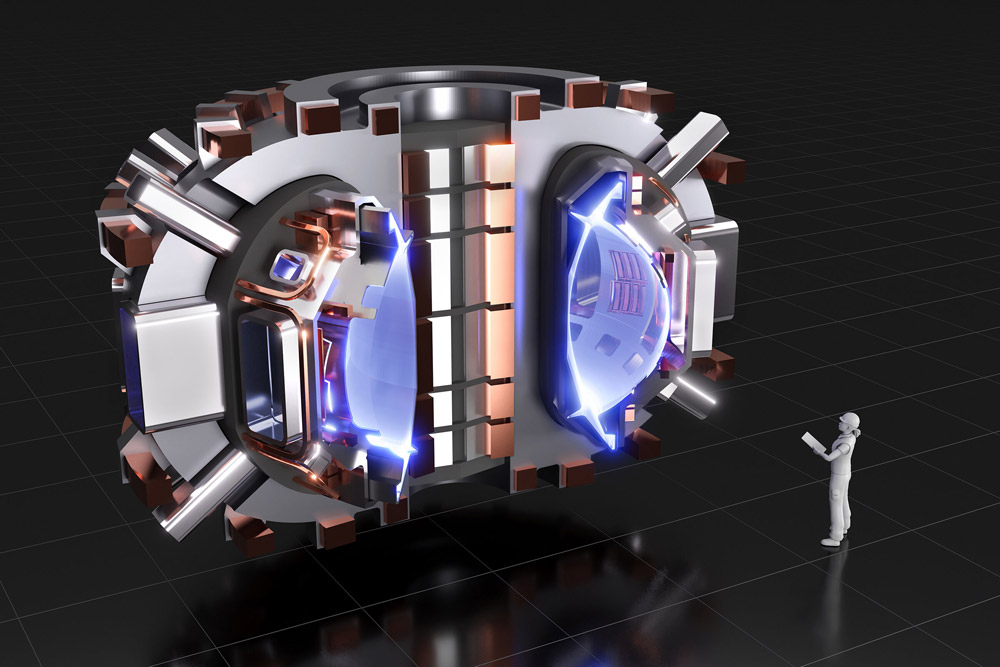
Is controlled thermonuclear fusion almost with us?
A group of researchers from the Massachusetts Institute of Technology (MIT) and other institutions claim that the compact SPARC fusion reactor will work in reality. At least in theory, as they claim in a series of recently published studies.
The team indicates that no unexpected obstacles or surprises were found during the planning stages. This is stated in seven articles written by 47 researchers from 12 different scientific institutions.
In other words, the research "confirms that the development we are working on is likely to function," Martin Greenwald, project leader and deputy director of MIT's Center for Plasma Research and Fusion, told the New York Times.
Fusion energy remains elusive. The technology promises a safe and clean way to generate energy by fusing the nuclei of atoms - just as it happens on the Sun. Research has been going on for a century, but so far no one has managed to put the idea into practice.
SPARC is one of the largest privately funded projects in this area (translator's note: Commonwealth Fusion Systems, a startup, is involved in the project together with MIT ) . It will be the first "burning plasma" reactor of its kind, where isotopes of hydrogen are fused to form helium, without any additional energy input.

Render of the SPARC tokomak, CFS / MIT-PSFC
Through advances in superconducting magnets, the team hopes to achieve the same performance as large reactors. For example, like the giant ITER reactor (ITER, International Thermonuclear Experimental Reactor), which began to be assembled last July.
The magnets keep the reactions that generate huge amounts of heat inside the reactor. This is one of the most acute problems of thermonuclear fusion.
According to the team's calculations, SPARC will be capable of producing twice as much fusion energy as it takes to generate a reaction. That would be a huge leap, because no researcher has even managed to break even.
SPARC , (ICRF) . , SPARC Q ≈ 11. Q> 2. SPARC, . TRANSP (TGLF) EPED , Q ≈ 9 H- , Q> 2 .One of Seven Studies on SPARC
In fact, in the articles, the researchers point out that they could theoretically generate ten times more energy. But there is a lot of work to be done before they can say for sure.
The MIT team hopes to build their own compact reactor in the next three to four years. And the ultimate goal is to start producing electricity in 2035, NYT reports.
, , , SPARC, .What Physicists Think About SPARC
« , , , — , . — , , , , , ».
“We are trying to do the following: put the strongest physical foundation for the project to be confident in how it will do the job, and then provide guidance and answer engineering design questions as it progresses.” - says Greenwald in an official statement.
* Art with Gordon Freeman was used because of the editor's personal love for Half-Life. We are not hinting that everything will end like in Black Mesa.

